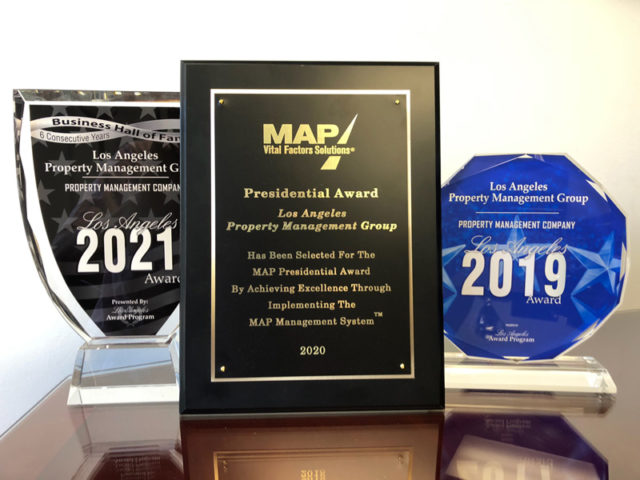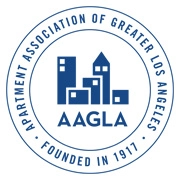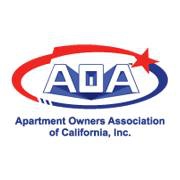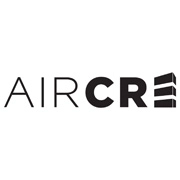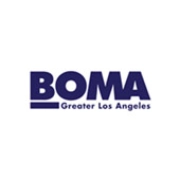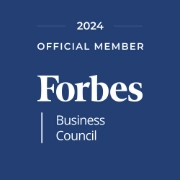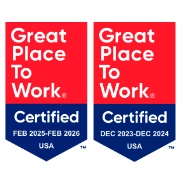Have you ever been interested in investing in multifamily rental properties? As a general rule of thumb, landlords are willing to invest in multifamily properties because of the obvious economies of scale and cash flow benefits.
On the flip side, these benefits aren’t always true for all rental units, such as apartment buildings. Their cash flow usually grows slowly because of rent control or simply due to their functional and/or physical obsolescence. For this reason, we’ve dedicated this post to discussing some things multifamily property owners should be mindful of for higher ROI.
1. Location Matters
The community or area in which your multifamily rental property is located is very crucial to its success. More specifically, the area’s employment levels and other economic factors are a huge determining factor of the type of ROI you can expect.
Even if local economic conditions are not favorable, you can also look into other neighborhood demographics such as age distribution. If you can’t find suitable families for your rental unit, you could, perhaps, shift your focus to college students.
2. Physical State of Property
As is the case with most rental properties, the physical state of the property plays a huge role in determining its value and potential cash flow. Landlords should try to evaluate different aspects of the property to anticipate a timeline for their costs and maintenance. This will include setting up a budget for the property’s:
- Electrical systems
- HVAC systems
- Roofing
- Elevators
- Windows and wall
3. Vacancy Rates
Multifamily rental properties with over 7% to 8% vacancy rates tend to be in unfavorable market areas or require renovation. However, frequently, property buildings in unfavorable market areas are either managed poorly by landlords or inexperienced property managers.
You see, the ROI of multifamily rental properties can be increased with the help of:
- Proper maintenance
- Good landlord-tenant relationships
- Responsible property management
On the other hand, if you review the historical and currency occupancy rates in your rental property’s location, you will have a better idea of how to boost your cash flow.
4. The Risks of Competition
Heavy construction cycles in particular locations tend to bring about an excess of rental properties and apartment buildings. If you analyze the latest construction permits or other housing statistics, you will better understand where competing properties can be a problem for your rental unit.
To put things simply, you will find that construction is typically affected by regional or local restrictions, which include environmental impact fees, building codes, and zoning. This could be beneficial in the long run; these restrictions will result in an appreciation of local properties as compared to other areas.
5. Adding Value Boosts ROI
Often, remodelling your multifamily rental property can boost its attractiveness, which in turn, is a good reason to increase rental rates. This includes refashioning bathrooms, kitchens, or anything that justifies a higher rent.
Small adjustments like laundry facilities, vending machines, and good parking spaces are also a good source of passive income when a rental unit is subject to rent control.
Final Words
Multifamily rental properties are a great way to boost your cash flow, but only if managed optimally,
If you’re having trouble juggling other more important affairs with everyday rental property hassles, we recommend hiring a property manager to help streamline your daily schedule. Property managers can handle maintenance requests, tenant disputes, and many other time-consuming aspects of your rental property business.


